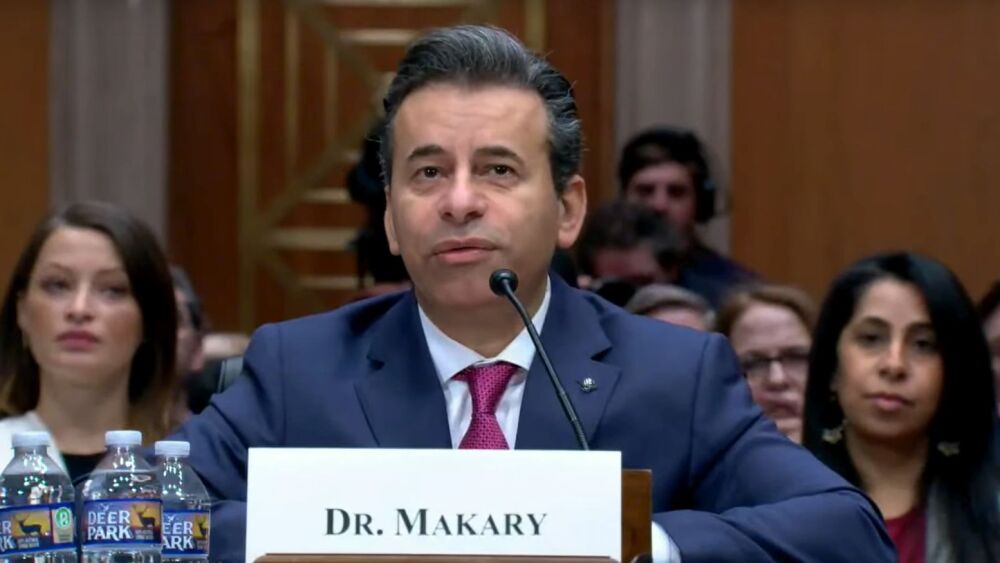The FDA recommended maintaining a minimum of 5% weight-loss for drug developers seeking to establish the efficacy of their investigational obesity candidates.
In a draft guidance put out to the public for comment on Tuesday, the FDA outlined efficacy standards for investigational obesity therapies, identifying specific thresholds that drugmakers would have to meet before they can claim that their programs are effective.
In accordance with previous guidance, a drug candidate would be deemed effective for weight loss and maintenance if it is able to elicit at least a 5% drop in body weight versus the control after 1 year of treatment at the maintenance dose. This effect must be statistically significant.
In addition, the FDA indicated that it would expect drug sponsors to “evaluate sufficient patients with type 2 diabetes to assess the efficacy and safety in this subgroup,” particularly as these patients “represent an important subgroup of patients with obesity or overweight.” These assessments could come in the form of dedicated trials focused on type 2 diabetes patients or in “adequately powered subgroups.”
For metabolic syndrome, the FDA would “most likely require” sponsors to demonstrate that their drug candidates can lower the risk of cardiovascular morbidity or mortality linked to improvements in most or all components of the syndrome, or otherwise present “some other clinically meaningful benefit that outweighs the potential risks of treatment.”
As for safety, companies should consider including comprehensive cardiovascular assessments, fit-for-purpose neuropsychiatric evaluations and testing for immunogenic potential of their candidates, according to the draft guidance.
The 5% bar comes far below the figures that already-approved weight-loss therapies have shown. Novo’s Wegovy, for instance, causes weight-loss of around 10% to 15% in overweight or obese adults with comorbidities, according to its label. Zepbound has similar figures in its label, with body weight reductions ranging from approximately 10% to 18%.
Even earlier-stage developers have already met the FDA’s 5% threshold. On Tuesday, for instance, up-and-coming obesity biotech Metsera reported 11.3% weight-loss for its ultra-long-acting subcutaneous injection MET-097i in a Phase IIa trial. Meanwhile, promising contender Viking Therapeutics in November 2024 touted a 5.3% drop in body weight for the 40-mg dose of its oral VK2735, an effect that climbed to 6.8% at the 100-mg dose level.
“We do not see any surprises” in the draft guidance, Leerink Partners wrote in a Tuesday evening note to investors. The firm noted that the FDA’s document addresses loss of lean muscle mass accompanying weight loss, which has been raised as a concern for both Novo Nordisk’s and Eli Lilly’s blockbuster GLP-1 drugs. The agency frames the decline of muscle mass as an expected and non-adverse outcome of weight loss. “We see the FDA’s language regarding lean mass reduction with weight loss therapies as a perception positive for GLP-1 manufacturers such as [Lilly] and [Novo],” Leerink’s analysts wrote.
Correction (Jan. 9 and Feb. 19): The story was updated to clarify that Metsera’s MET-097i’s weight-loss outcome on Tuesday is 11.3%. The previously cited 7.5% weight-loss was from a Phase I readout. Further, the story was changed to make clear the 5% threshold was originally set in 2007. BioSpace regrets the errors.






